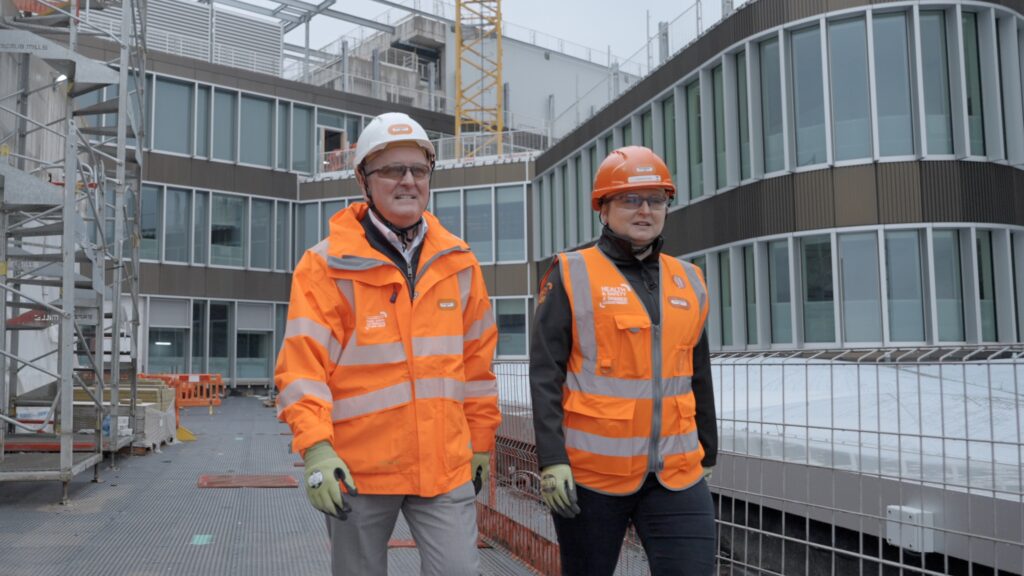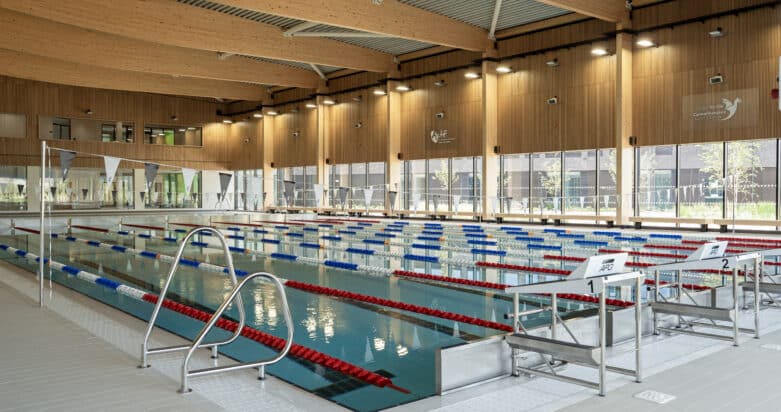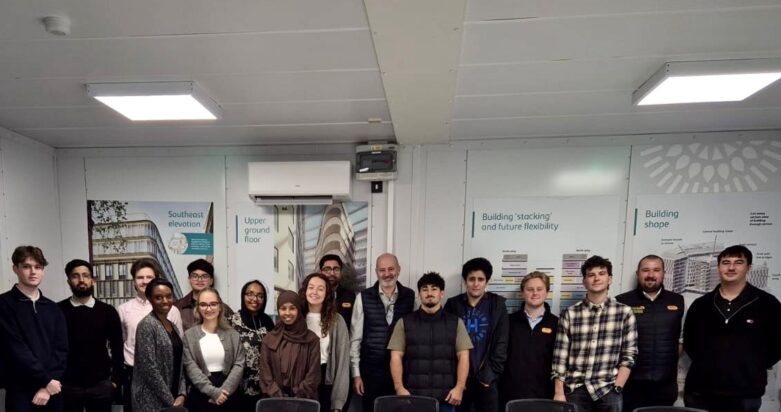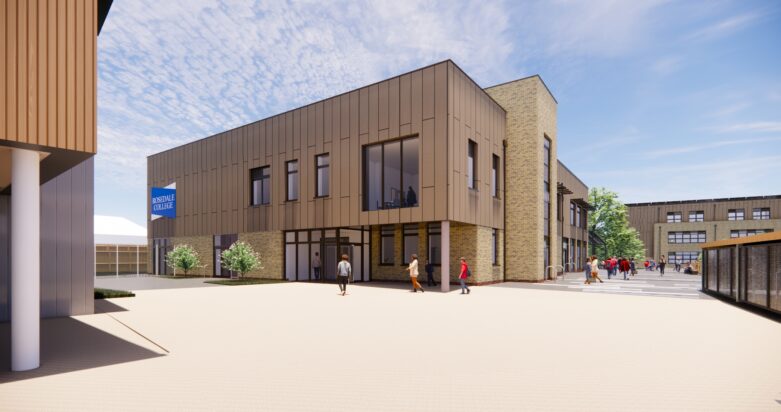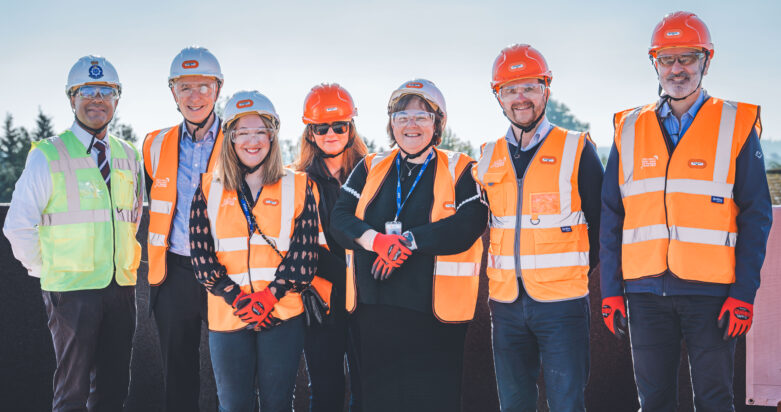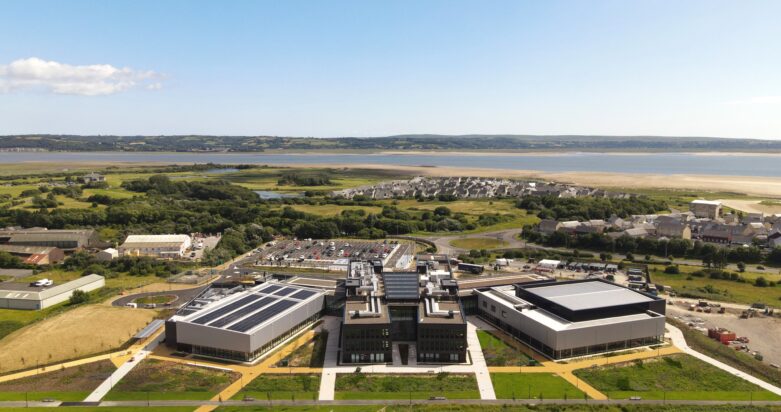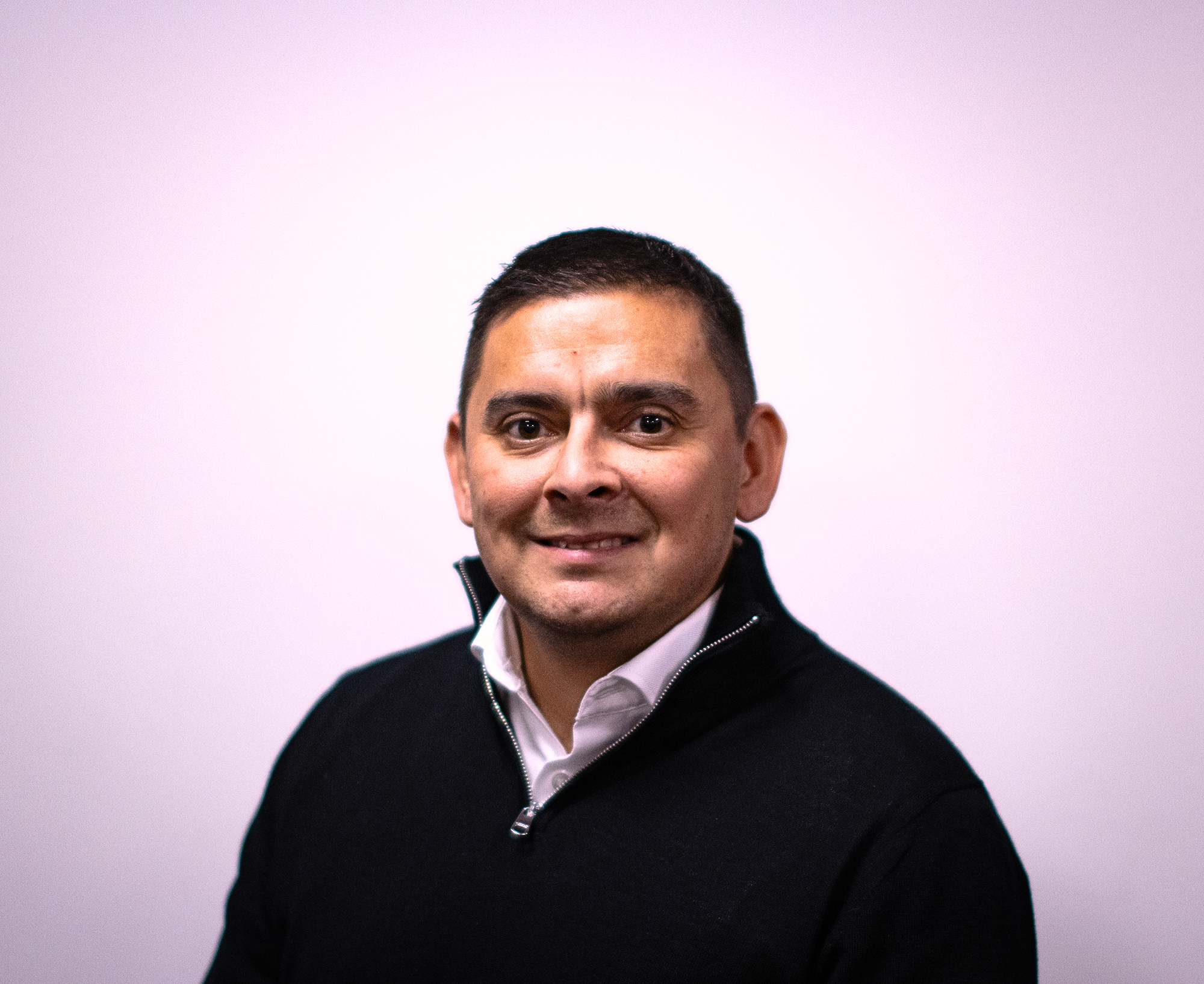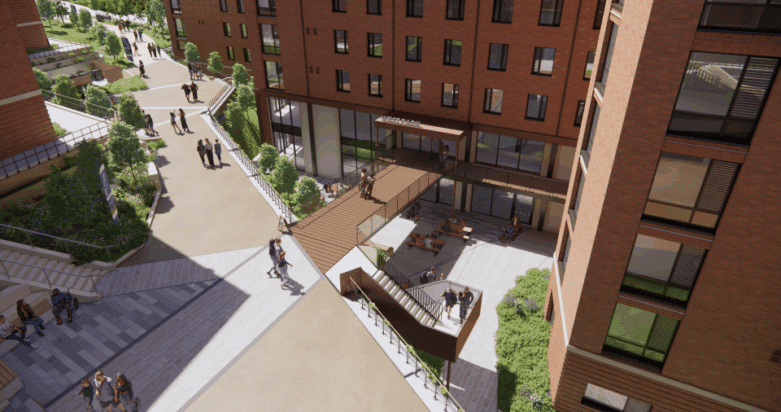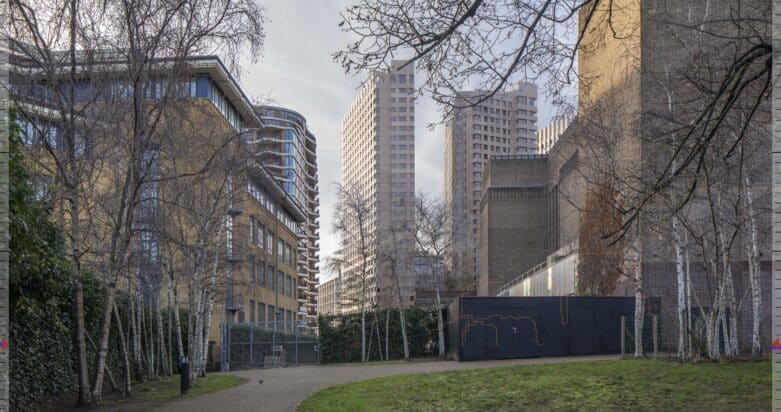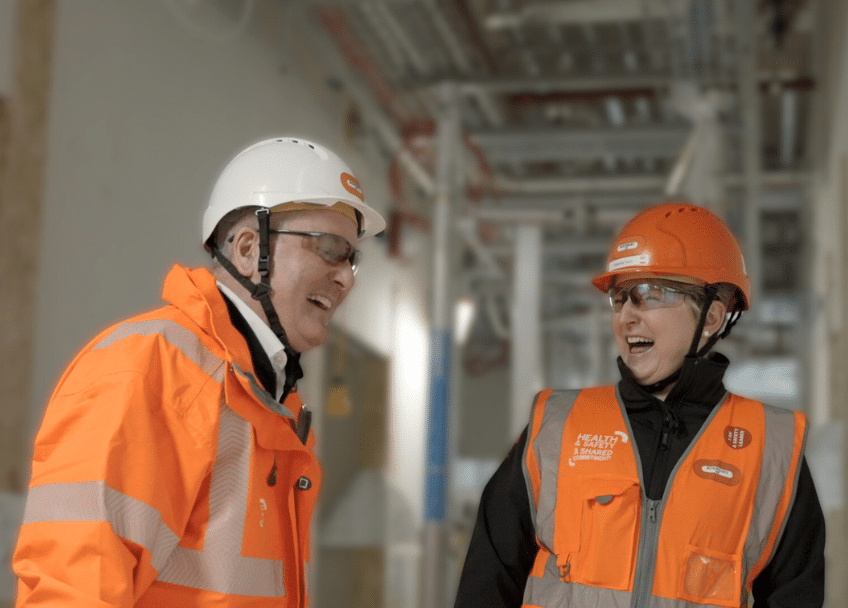
The Key to Successful Design Management: Lessons from Oriel
Designing and delivering a healthcare and research centre like Oriel, a joint initiative between Moorfields Eye Hospital NHS Foundation Trust, the UCL Institute of Ophthalmology and Moorfields Eye Charity, demands more than just technical expertise. A project of this scale requires a meticulous, data-driven approach to design management, a culture of collaboration and the ability to deal with complex design processes with transparency.
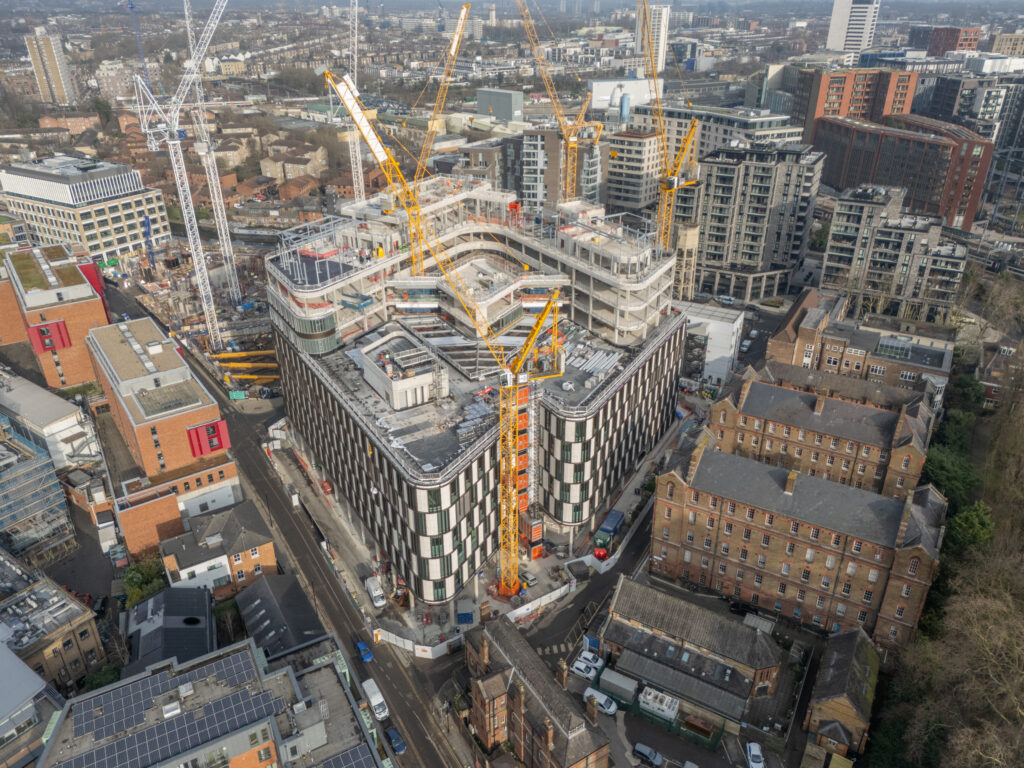
Bouygues UK, as the design and build principal contractor, is leading the design and delivery of this multi-million-pound project in collaboration with exi Group, a specialist in multi-disciplinary design and technical consultancy. Exi Group, serving as NEC Supervisors, leverages its expertise in healthcare and science & technology design to offer technical advisory services to the client team. Throughout the project, these two entities have fostered a collaborative approach to the technical review process, grounded in transparency, agility, and innovation.
So, what does it take to ensure successful design management on a project of this scale and significance? At Bouygues UK, we believe it comes down to three key principles: early engagement, precision through data, and effective collaboration through trusting relationships.
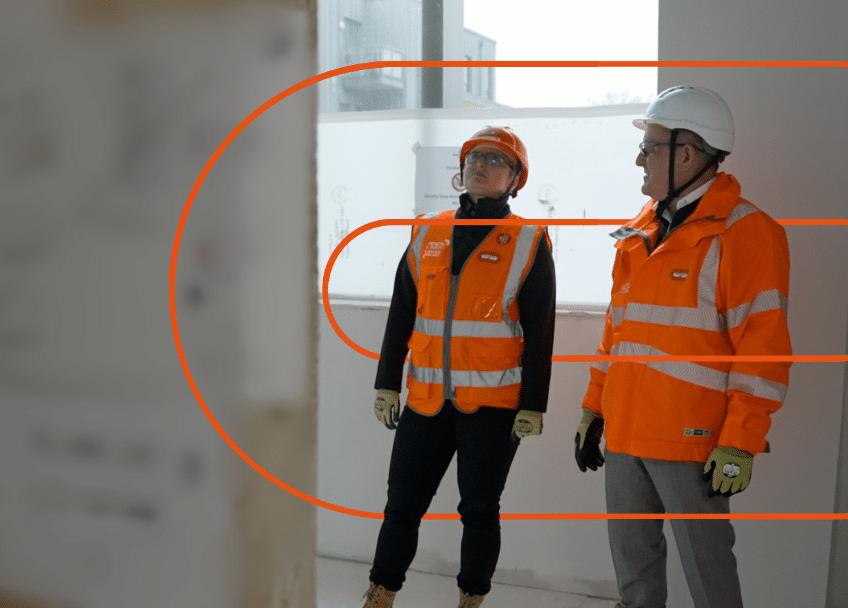
1. Engaging early and often
From the outset, the Oriel team knew that establishing a common understanding was vital.
“One of the key aspects of the organisation at the start,” explained Catherine Toron, Technical Director at Bouygues UK, “was to make sure that we all established a common base and a common understanding on how the design process will actually work.”
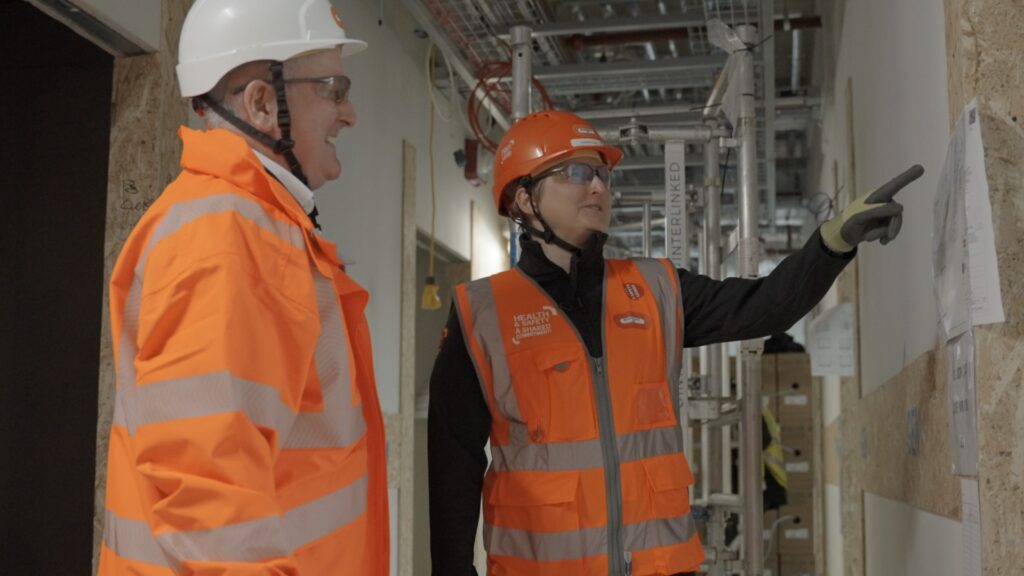
Ian Barnes, Technical Director at exi, agrees: “At the very start, we set up collaboration workshops… that gave the transparency between all involved. We’re like-minded individuals with a common goal, a proactive approach, and willing to talk and listen to one another.”
This foundation enabled the team to anticipate challenges, define clear routes for communication and escalation, and maintain strong alignment with the client and end users throughout.
2. Managing complexity with precision and data
With over 13,000 documents issued to date, the scale and technical demands of Oriel, encompassing healthcare spaces, specialist laboratories, and this vast volume of documentation, presented unique design challenges.
“Oriel is a specifically complex project,” said Catherine. “There’s technical complexity, but also a volume complexity… That’s why we established a master information delivery plan linked to the programme.”
To manage this, the team implemented rigorous technical review processes, quality assurance measures, and real-time data analytics. This helped track progress, flag risks early, and ensure compliance across the board.
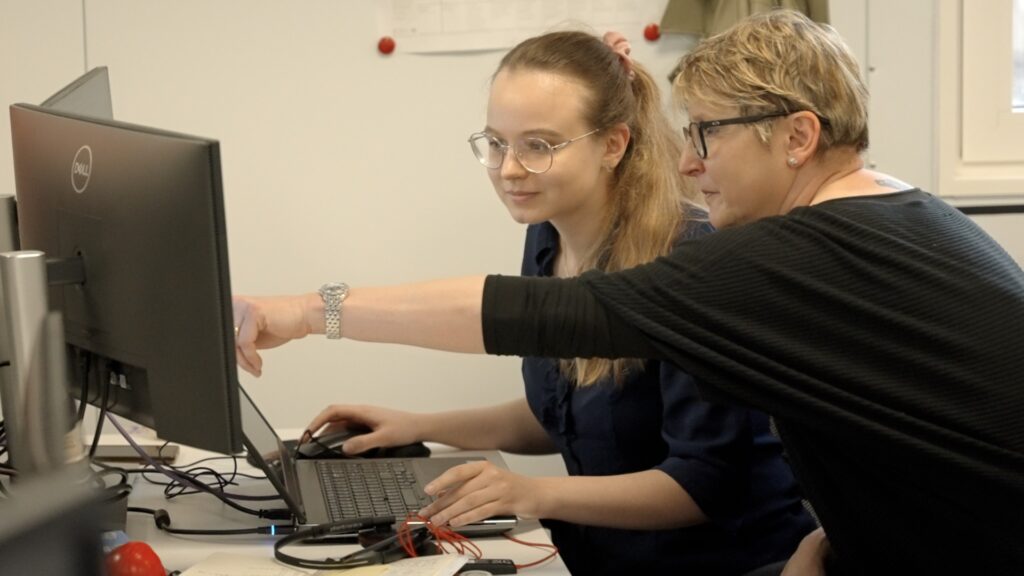
The integration of a data analyst within the design team also marked a first for Bouygues UK. “We have employed for the first time a data analyst to help us figure out what we are leaving behind,” said Catherine. “Using real-time data analytics has basically enabled us to pull out to the forefront any issues and make sure that this document is going to be updated by the relevant party.”
“We commenced the process with a robust technical review,” said Ian, “this included trackers to provide that extra layer of quality assurance through the project.”
3. Collaboration at the Core
Perhaps the most crucial ingredient in successful design management at Oriel is the strength of the collaboration and the relationships behind this.
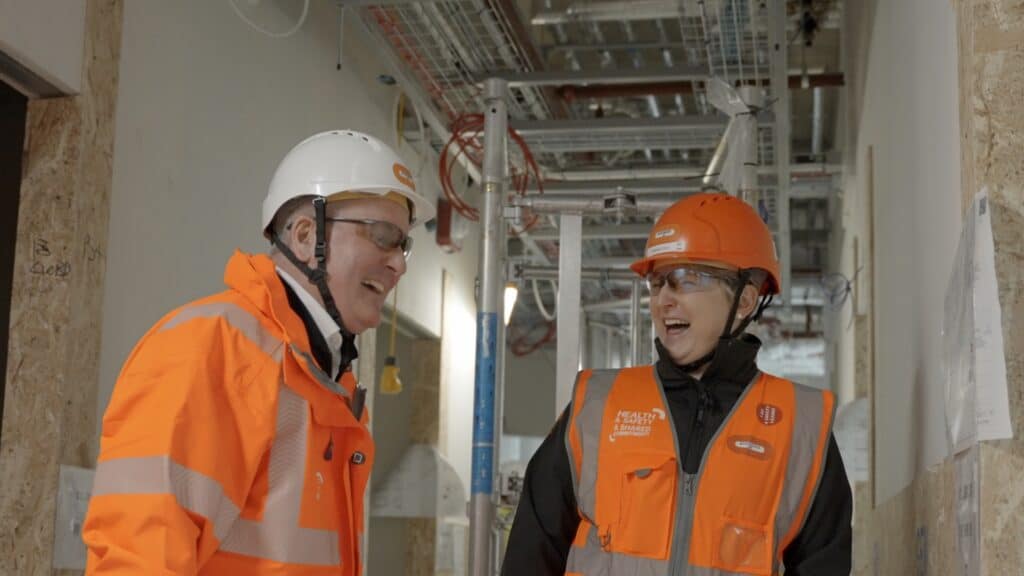
“I think the key is human relationships,” said Catherine. “It’s making sure that we’re not only delivering documents, but also that this design is being explained and talked through with people.”
This collaborative spirit extended across the entire team; from subcontractors designing highly specialised packages, to clinical and technical end users from UCL and Moorfields Eye Hospital and Moorfields Eye Charity. Representatives from Moorfields Eye Hospital and the UCL Institute of Ophthalmology chaired user groups to work on specific areas of the centre; making sure patients, staff and students were involved in the design process.
“All the meetings, the steering groups,” Ian said, “help tease out any emerging technical issues… It’s helped define the need for change.”
Ian added, “We’ve got a good route for communications and escalation, as well as excellent leadership from Bouygues UK, and Catherine in particular.”
The Power of Collaboration, Design and Data
For Bouygues UK, Oriel is a clear example of how precision design, deep collaboration and intelligent data management come together to solve some of the toughest design challenges in construction. By aligning early with all stakeholders, embracing transparent workflows, and embedding data-led decision making from the outset, Bouygues UK and our partners are mitigating risks, ensuring high quality design and delivering a shared vision for the future of eye-care.
With the building now taking shape on site, the results speak for themselves and Ian and Catherine’s pride in their collective achievement shines through.
“What I’m the most excited about is actually to see it coming to life,” said Catherine. “This is somehow the conclusion of my work. It’s when it gets built.”
For Ian, he is looking forward to “handing over an exemplary building, an exemplary project which will benefit patient outcomes and provide a cutting-edge laboratory research facility for years to come.”
